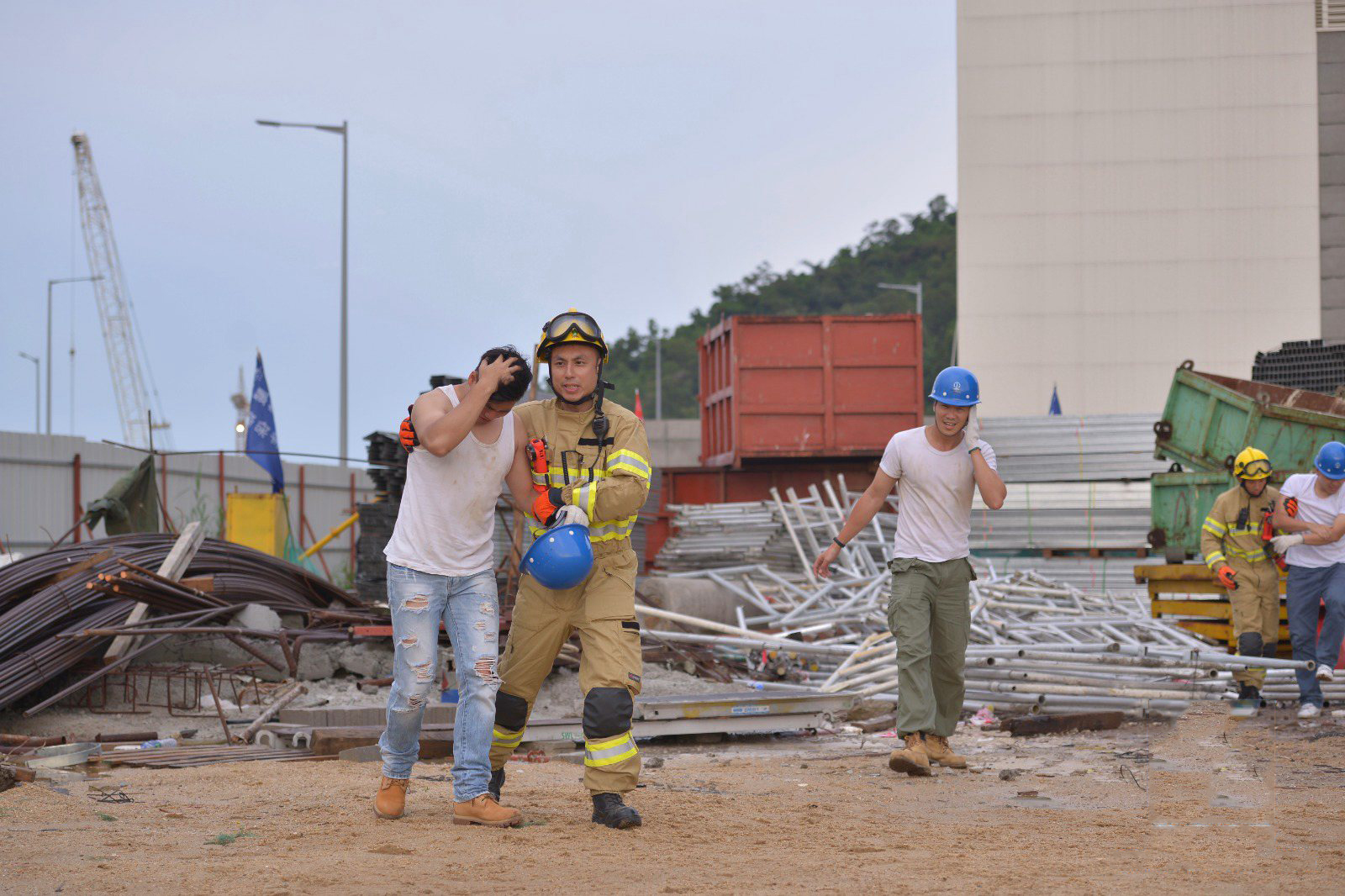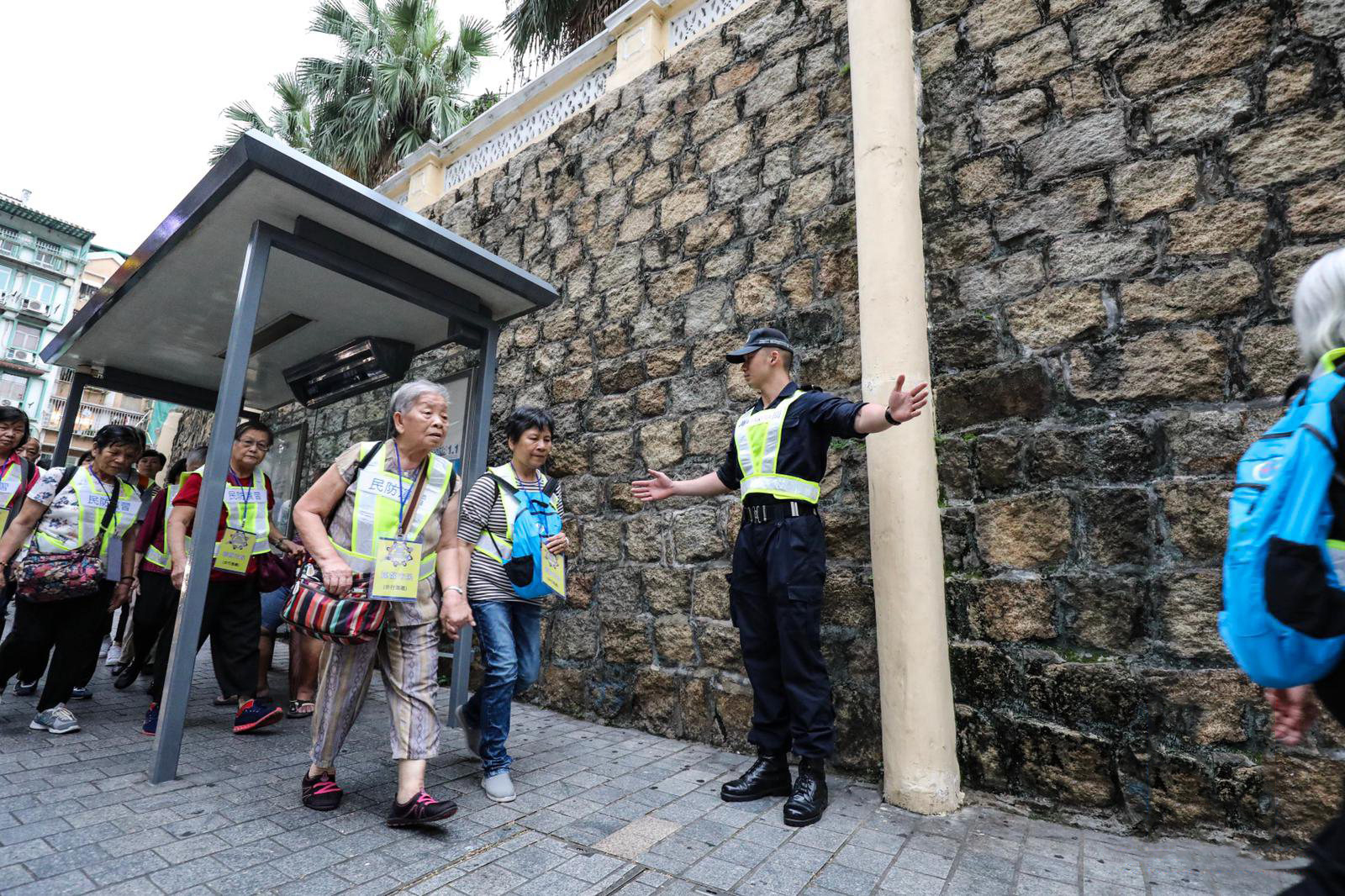
‘Crystal Fish’ Civil Defence Exercise Now Regular Drill
Macao SAR Government’s civil protection entities held a typhoon drill codenamed Crystal Fish 2019 on 27th April to further test the practicality and operability of the Storm Surge Evacuation Plan in Low-lying Areas During Typhoon and effectiveness of different entities’ contingency plans. The drill - lasting five hours and generally smooth - fulfilled its expected outcome. Macao SAR Government Secretary for Security Wong Sio Chak announced that the Crystal Fish drill would become a regular occurrence, and that each government department would also practice its evacuation plans after the Crystal Fish 2019 drill.
The exercise - which took place in the environs of Ilha Verde, Fai Chi Kei, Inner Harbour, Rua da Praia do Manduco and Coloane from 2:00pm to 7:30pm - simulated Macao being hit by super typhoon Crystal Fish 2019, with Macao Meteorological and Geophysical Bureau (SMG) announcing a Black Storm Surge Warning combined with high tide. This simulated a severe flood high of 2.5m, endangering residents living in low-lying areas. The entities immediately responded and began evacuation of affected areas.
The drill simulated 57 incidents it anticipated could occur during a severe storm, and included public participation for the first time. A total of 2546 participants and some 47 entities and local non-governmental organisations (NGOs) (409 residents enrolled in the drill with 360 participating) joined the drill. Around 1330 households were evacuated. It is believed that the drill can enhance the territory’s capacity and capability to handle natural disasters, increase the synergistic effects of local NGOs on disaster prevention and rescue, popularise emergency response plans as they affect local communities, and strengthen disaster response abilities.
Following the drill, the Unitary Police Service and other entities reviewed and accelerated their emergency plans in preparation for the approaching typhoon season in respect to protecting the lives and property of residents and visitors.


